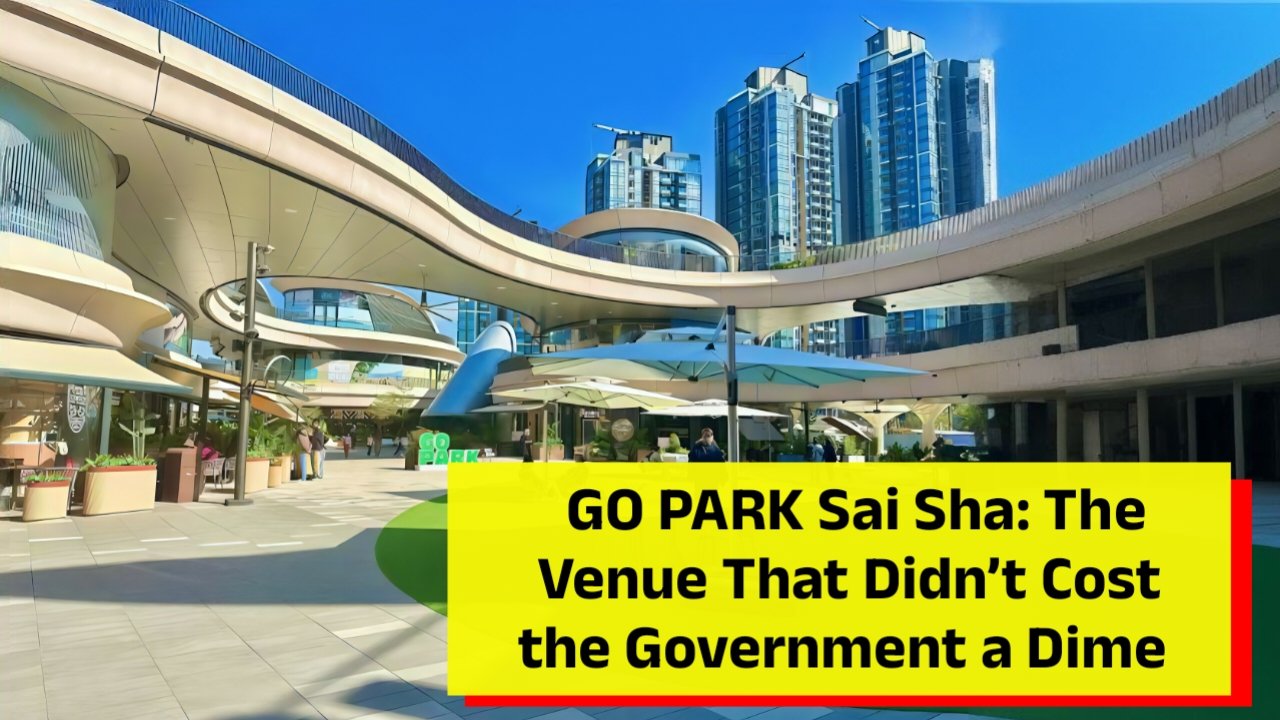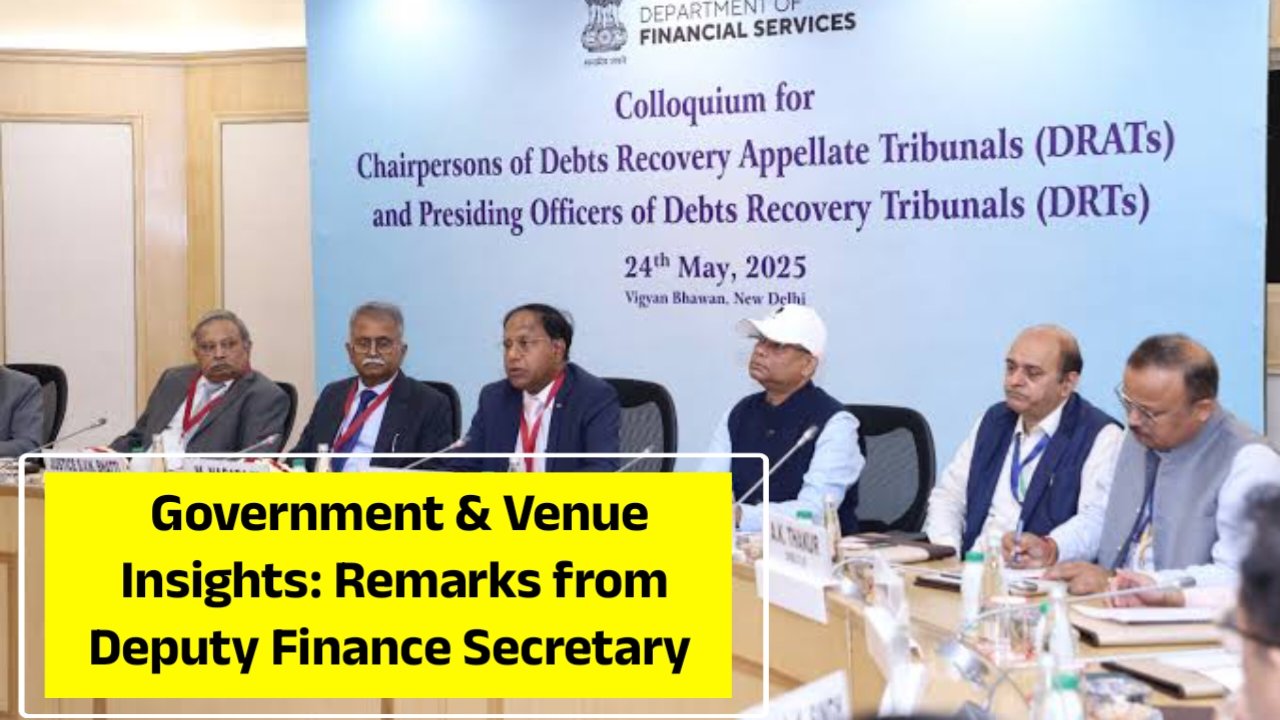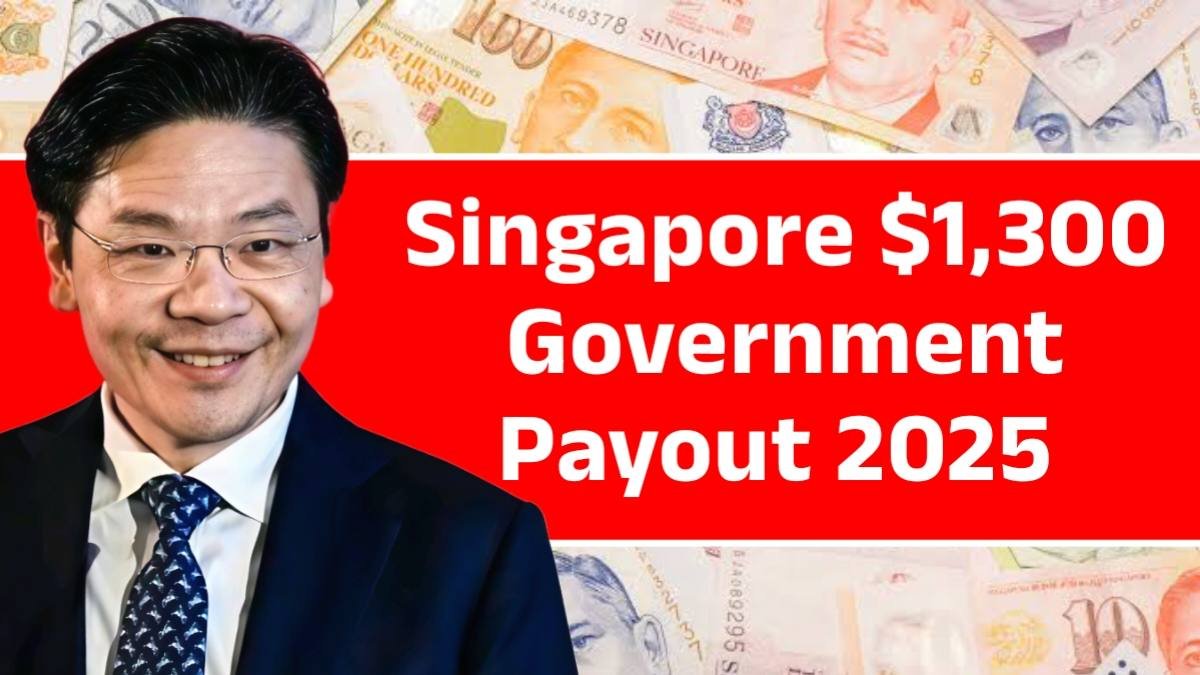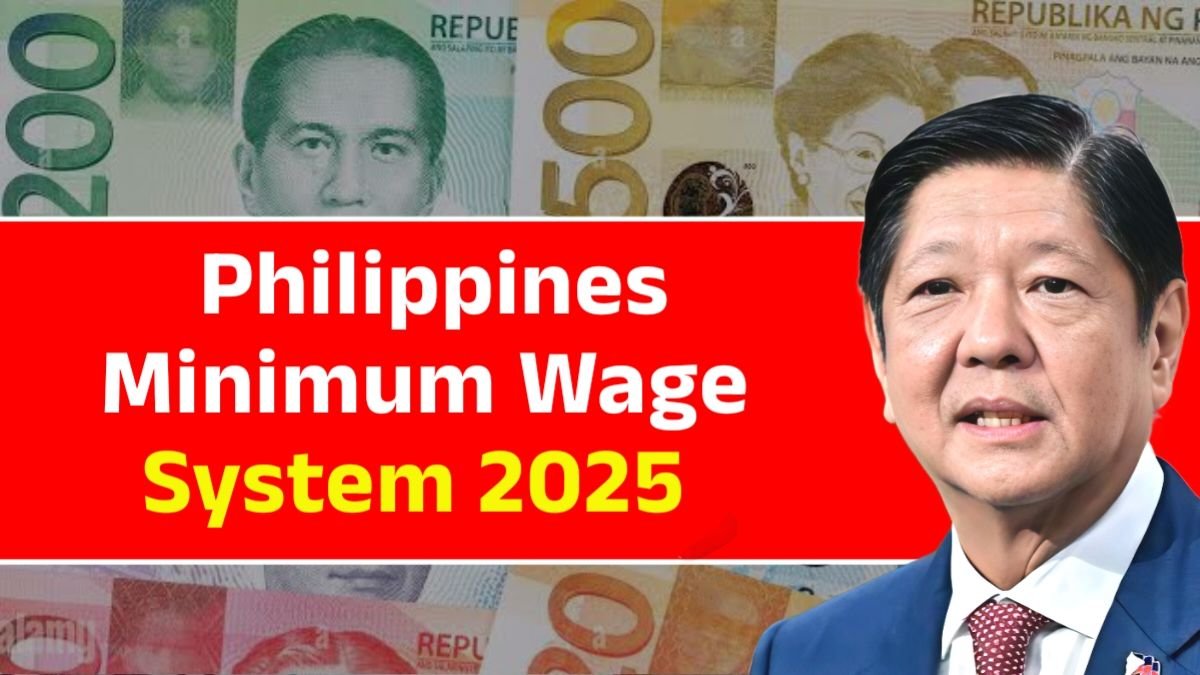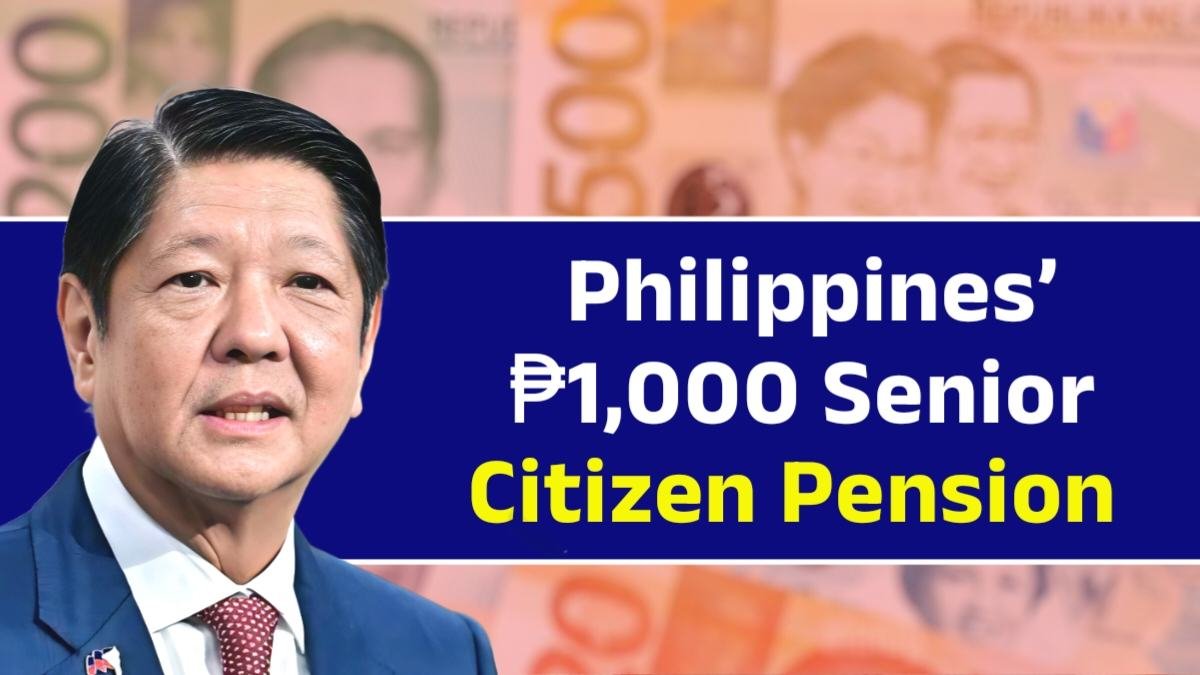When Hong Kong hosted the World Games Series (TWGS) 2024, one of the most surprising highlights wasn’t just the international athletes or dazzling performances—it was the venue itself. GO PARK Sai Sha, nestled in the serene Sai Kung district, emerged as a shining example of sustainability, private initiative, and cost-efficiency. Unlike most large sporting infrastructures, which often involve heavy government expenditure, GO PARK Sai Sha stood out because it didn’t cost the government a single dollar. Instead, it represented a model of private-public synergy, where a privately developed facility became a world-class venue without straining taxpayers.
Overview
| Feature | Details |
|---|---|
| Funding | 100% privately funded – no government expenditure |
| Location | Sai Kung District, waterfront, accessible to both locals & tourists |
| Eco-Friendly Design | Solar energy, water recycling, green building materials |
| TWGS 2024 Role | Hosted sports, community engagement zones, and cultural exhibitions |
| Legacy Value | Long-term use as a public recreation and sports hub, beyond the tournament |
The Vision Behind GO PARK Sai Sha
GO PARK Sai Sha was originally designed as a multi-purpose lifestyle and recreation park, catering to community sports, eco-friendly leisure activities, and cultural gatherings. With its scenic waterfront location, it became an attractive site for international sports organizers.
- Private Investment: Developed entirely through private funding, GO PARK was built with a vision of creating a community-centered sports hub that could also host world-class events.
- Eco-Conscious Design: Facilities were designed with green energy systems, water recycling, and sustainable materials.
- Accessibility: The venue is easily reachable from central Hong Kong, making it both tourist-friendly and locally inclusive.
Why It Was Selected for TWGS 2024
The International World Games Association (IWGA) and Hong Kong organizers recognized the unique strengths of GO PARK Sai Sha.
- No Government Spending: Unlike stadiums that often require billions in taxpayer funds, this venue was financially independent.
- Ready-to-Use Facilities: Its existing infrastructure reduced the need for additional construction, ensuring minimal disruption and quicker preparation.
- Appeal to Youth & Community: With open areas, sports courts, and cultural spaces, the park naturally connected to TWGS’s mission of engaging local youth and communities.
Economic & Social Benefits
Even without government spending, the venue generated significant economic and community benefits:
- Boost to Local Tourism: Sai Kung businesses, including restaurants and hotels, saw a rise in visitors during the Games.
- Job Creation: Local contractors, event staff, and vendors benefited from increased employment opportunities.
- Community Involvement: The park provided spaces where local schools and NGOs could showcase youth performances and cultural exhibitions.
- Sustainable Legacy: Unlike traditional “white elephant” stadiums, GO PARK remains fully functional for everyday community use.
A Model for Future Event Planning
GO PARK Sai Sha sets a precedent for cost-efficient event management in Hong Kong and Asia. Instead of relying solely on government spending, TWGS demonstrated how private-public collaboration can deliver world-class venues.
- Reduced Taxpayer Burden: Citizens appreciated that no public money was diverted from education, healthcare, or infrastructure.
- Encouraging Private Sector Investment: Businesses are now more motivated to invest in sports facilities knowing they can gain international exposure.
- Replicable Model: Other Asian cities hosting large-scale events could adopt similar private-driven venue strategies.
Cultural & Sporting Legacy
The TWGS events at GO PARK Sai Sha weren’t just about sports; they celebrated cultural exchange and youth development. The venue hosted:
- Cheerleading & Roller Sports Showcases that attracted young athletes.
- Wushu Performances that highlighted traditional Chinese martial arts.
- Community Festivals blending sports with local food, music, and art.
This cultural integration ensured that TWGS left a lasting imprint on both Hong Kong’s sporting reputation and its local communities.
Conclusion
GO PARK Sai Sha redefined what a modern sports venue can represent. By being privately funded, environmentally conscious, and community-oriented, it showed the world that mega-events don’t have to burden taxpayers to succeed. For Hong Kong, this venue symbolized innovation, sustainability, and financial responsibility. For the future of international sports, it offered a blueprint for cost-free government involvement while ensuring local and global impact.
The story of GO PARK Sai Sha is a reminder that great sporting legacies can be achieved without great public expense—proving that creativity, collaboration, and commitment to sustainability can truly change the game.
FAQs
Q1: Did the Hong Kong government invest in GO PARK Sai Sha for TWGS 2024?
A1: No, the venue was entirely privately funded with no government spending.
Q2: How did GO PARK Sai Sha benefit local communities?
A2: It created jobs, boosted local tourism, and provided lasting sports and cultural spaces.
Q3: Why is GO PARK Sai Sha considered a model for future events?
A3: It proves that large-scale sporting venues can be developed through private funding without burdening taxpayers.

